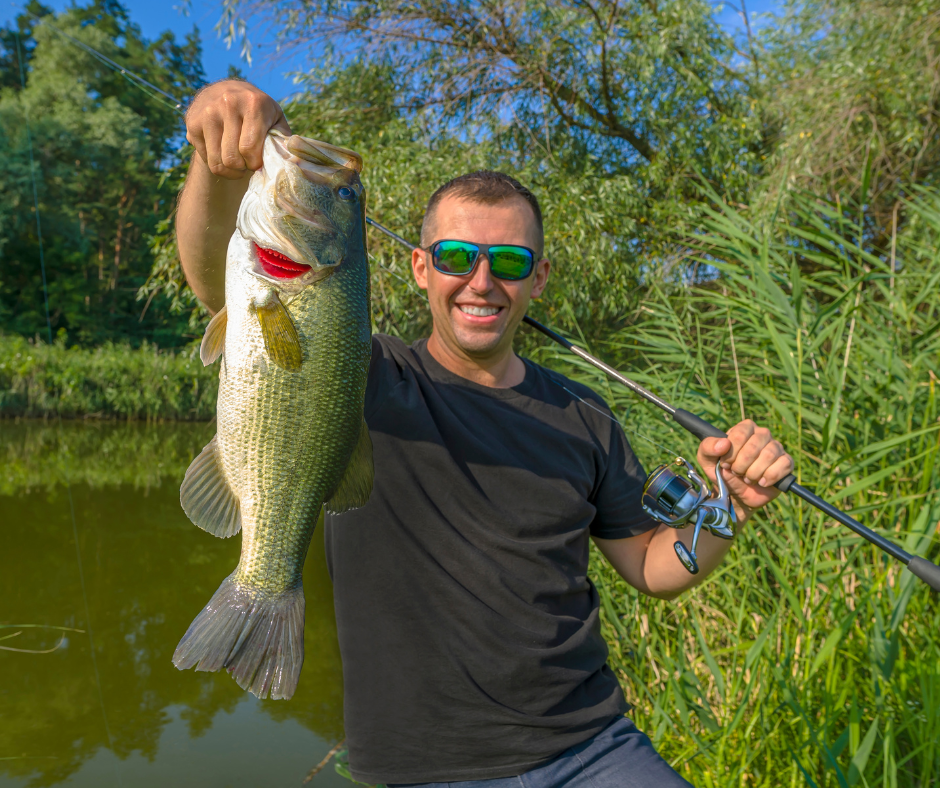Freshwater Fishing: A Comprehensive Guide to Targeting Freshwater Fish
Freshwater fishing offers anglers an accessible and diverse array of experiences, from tranquil riverbanks to the thrill of reeling in a trophy bass. Understanding the various species of freshwater fish and their habitats is crucial for both novice and seasoned anglers. This guide explores the fascinating world of freshwater fishing, delving into the species you’ll encounter, the techniques to employ, and tips for successful fishing trips.
The Appeal of Freshwater Fishing
Freshwater fishing is one of the most popular recreational activities worldwide, offering opportunities for relaxation, connection with nature, and the thrill of the catch. Unlike saltwater fishing, which requires ocean access, freshwater fishing can be enjoyed in lakes, rivers, ponds, and streams across various regions, making it highly accessible.
Benefits of Freshwater Fishing
- Accessibility: No need to travel far; local water bodies often host abundant fish populations.
- Variety: A wide range of species offers diverse challenges and rewards.
- Cost-Effective: Minimal gear and permits make it an affordable pastime.
Freshwater Fish Species Every Angler Should Know
Largemouth Bass
- Habitat: Warm, slow-moving rivers, lakes, and ponds.
- Fishing Techniques:
- Lures: Soft plastics, spinnerbaits, and crankbaits.
- Tactics: Focus on areas with cover such as logs, weeds, or submerged structures.
- Seasonality: Best caught in spring and early summer during spawning.
Smallmouth Bass
- Habitat: Clear, rocky rivers and lakes with cooler temperatures.
- Fishing Techniques:
- Lures: Jigs, tubes, and topwater baits.
- Tactics: Target rocky points, submerged structures, and fast-moving waters.
- Seasonality: Active in spring and fall when water temperatures are moderate.
Trout
- Habitat: Cold, clear streams and rivers.
- Fishing Techniques:
- Lures/Bait: Fly fishing with dry flies, nymphs, or spinners.
- Tactics: Look for riffles, pools, and undercut banks where trout hide.
- Seasonality: Trout fishing is best in spring and early fall, but it can vary by region.
Catfish
- Habitat: Muddy rivers, lakes, and reservoirs.
- Fishing Techniques:
- Baits: Cut bait, stink bait, and live bait such as nightcrawlers.
- Tactics: Fish on the bottom using heavy weights and circle hooks.
- Seasonality: Can be caught year-round, with peak activity in summer.
Panfish (Bluegill, Crappie, Perch)
- Habitat: Shallow waters with vegetation and structures.
- Fishing Techniques:
- Bait: Worms, small jigs, and live minnows.
- Tactics: Focus on areas with submerged vegetation, docks, and fallen trees.
- Seasonality: Active throughout the year, particularly in spring and summer.
Techniques and Gear for Freshwater Fishing
Basic Gear
- Rod and Reel: Choose spinning or baitcasting setups based on your target species.
- Line: Match the line weight to the fish species, typically 6-12 lb test for most freshwater fish.
- Hooks and Terminal Tackle: Use appropriate hook sizes and weights for your chosen bait and species.
Fishing Methods
- Casting: Ideal for targeting specific areas like structures or feeding zones.
- Drift Fishing: Letting your bait or lure drift with the current to cover more water.
- Still Fishing: Setting up in one spot and waiting for fish to come to you, often with live bait.
- Trolling: Slowly moving your boat while dragging lures or bait behind it to attract fish.
Seasonal Strategies
- Spring: Focus on shallow waters where fish are spawning.
- Summer: Target deeper waters and shaded areas where fish retreat from the heat.
- Fall: Fish become more active, feeding heavily before winter.
- Winter: Ice fishing is popular in colder regions, targeting species like perch and walleye.
Conservation and Ethical Fishing Practices
Fishing responsibly ensures the sustainability of freshwater ecosystems and fish populations. Here are some key practices to follow:
Catch and Release
- Why It Matters: Helps maintain fish populations and supports the health of aquatic ecosystems.
- How to Do It Right: Use barbless hooks, handle fish gently, and release them quickly.
Respect Regulations
- Licenses and Permits: Always have the proper permits for the region and species you are fishing.
- Bag Limits: Adhere to size and catch limits to avoid overfishing.
Minimize Impact
- Tackle Management: Use biodegradable or lead-free tackle to reduce environmental impact.
- Habitat Preservation: Avoid disturbing aquatic vegetation and nesting sites.
Freshwater fishing is more than a pastime; it’s a connection to nature and a challenge that tests skill and patience. Whether you're fishing for bass in a local pond or chasing trout in a mountain stream, the diversity of freshwater species and the strategies to catch them provide endless learning and enjoyment. By practicing ethical fishing and conservation, anglers can ensure that freshwater fishing remains a treasured activity for generations to come.
